
Selecting the appropriate injection moldable plastics is a crucial step in the production process that can significantly impact the performance and success of a project. According to a report by the Freedonia Group, the demand for injection moldable plastics is projected to reach $88 billion by 2025, underscoring their essential role in various industries including automotive, consumer goods, and medical devices. With advancements in material science, the choices available have expanded dramatically, offering a wide range of properties such as enhanced durability, heat resistance, and flexibility.
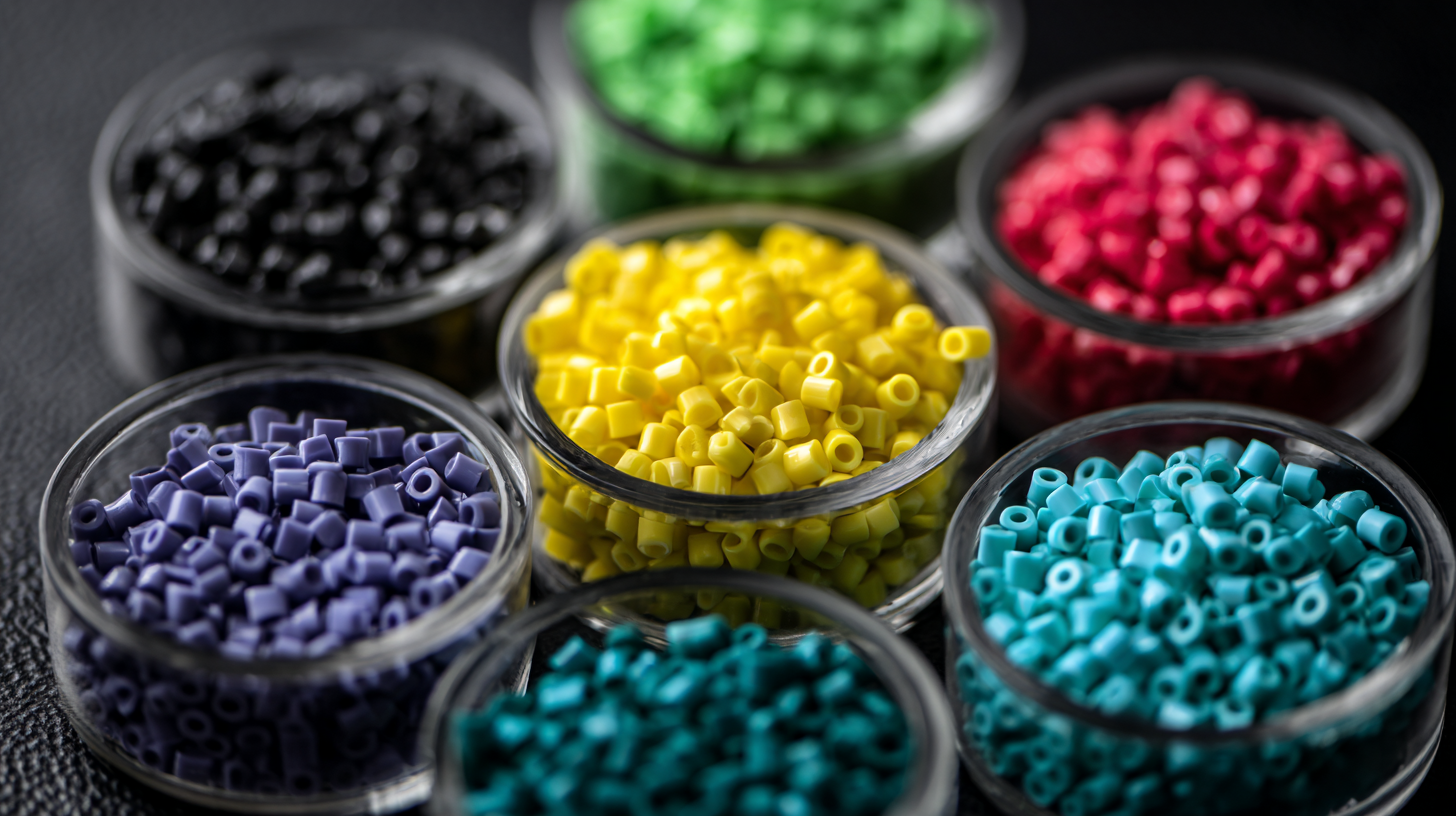
As manufacturers aim to create more efficient and sustainable products, understanding the characteristics of different injection moldable plastics is imperative. This knowledge will not only enhance product quality but also optimize production efficiency, ultimately leading to a competitive edge in the rapidly evolving market.
When selecting injection moldable plastics for your project, it is crucial to understand the different types available and their specific properties. The main categories include thermoplastics, thermosets, and elastomers, each offering unique advantages for various applications. According to a report by MarketsandMarkets, thermoplastics accounted for over 60% of the global injection molding market in 2022, primarily due to their versatility and recyclability. Common types of thermoplastics include polycarbonate (PC), polypropylene (PP), and acrylonitrile-butadiene-styrene (ABS), which are favored for their durability and ease of processing.
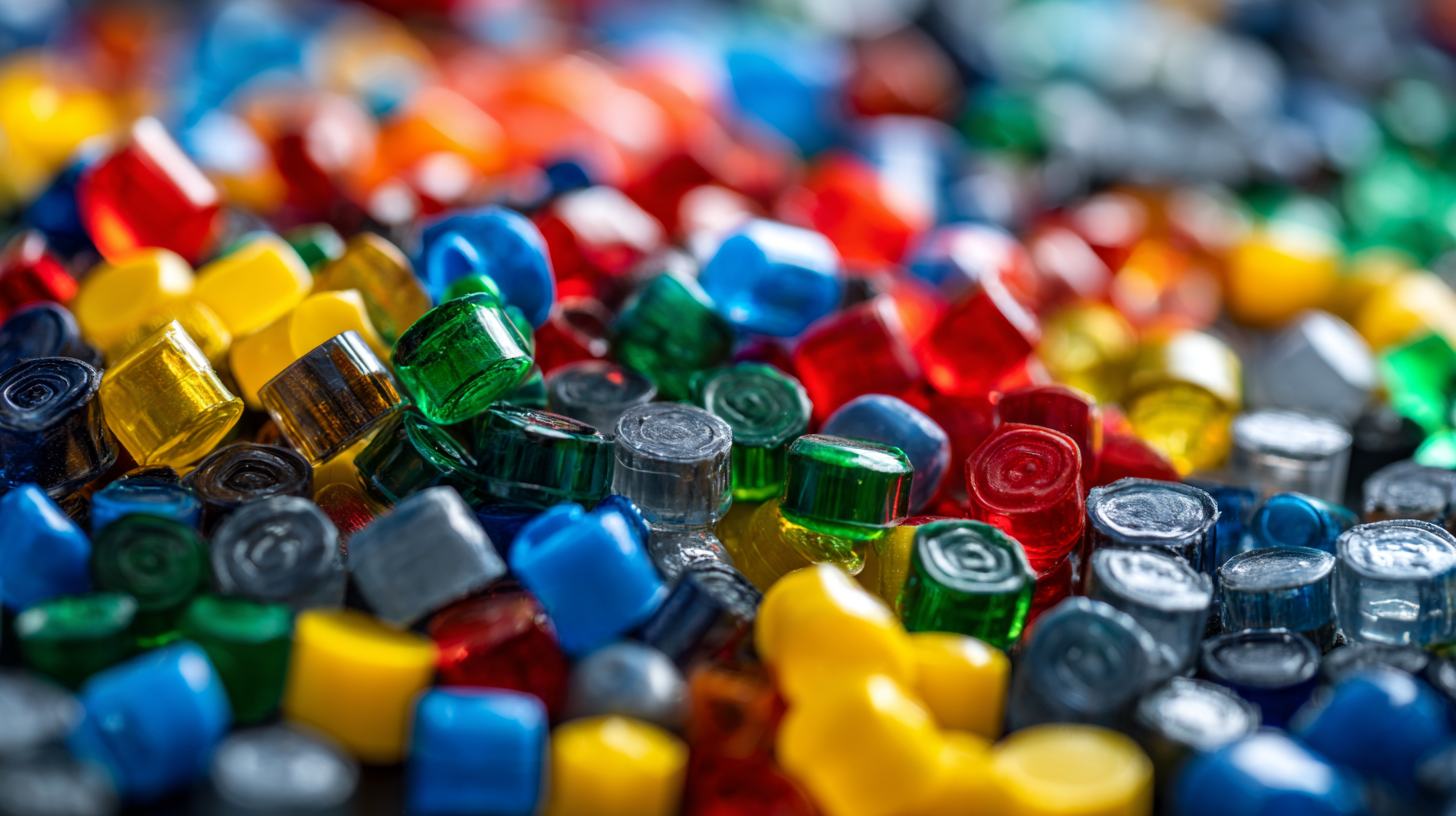
Thermoset plastics, on the other hand, have gained traction for applications requiring high thermal stability and chemical resistance. A 2023 study from Allied Market Research indicates that the demand for thermosetting resins is projected to grow at a CAGR of 6.5% from 2023 to 2030, driven by industries such as automotive and electronics. These materials, including epoxy and phenolic resins, are irreversible once set, making them ideal for more demanding environments. Understanding these differences is key to selecting the right material that aligns with your project's performance requirements and production conditions.
When selecting injection moldable plastics for a project, the first step is to thoroughly evaluate the specific requirements of the application. Factors such as mechanical properties, thermal resistance, chemical compatibility, and aesthetic appearance should be at the forefront of the decision-making process. For instance, if the end product will be subjected to high temperatures or exposure to harsh chemicals, materials like polyphenylene sulfide (PPS) or polyether ether ketone (PEEK) might be more suitable due to their superior thermal and chemical resistance.
Additionally, the expected lifespan, load-bearing capacity, and regulatory compliance of the product also play critical roles in material selection. It's important to assess whether the plastic will be used in a delicate environment, requiring high strength and durability, or in a context where flexibility and light weight are prioritized. Understanding these requirements will guide you to the right category of plastics, whether it's standard materials like ABS or enhanced engineering plastics, ensuring that the final product meets both functional and aesthetic standards within the project constraints.
When selecting injection moldable plastics for your project, assessing the cost-effectiveness of various plastic options is crucial. Different plastics have distinct properties and price points, making it essential to evaluate how they align with your project's needs. For instance, polyethylene is often favored for its affordability, while more advanced materials like polycarbonate may come at a premium but offer superior durability and clarity.
**Tips:**
1. **Calculate Total Cost:** Consider not only the upfront material costs but also processing expenses, tooling, and potential waste during production. This will provide a comprehensive view of the overall investment.
2. **Evaluate Long-Term Benefits:** Assess the long-term performance and lifespan of the plastic being considered. Lower initial costs can sometimes be misleading if the material degrades quickly or requires frequent replacements.
3. **Match Material Properties to Requirements:** Ensure that the chosen plastic meets the specific demands of your project, such as heat resistance, chemical stability, and mechanical strength. A well-suited material can save costs in both production and operational phases.
This chart presents the cost per kilogram of various injection moldable plastics, which is essential for assessing the cost-effectiveness when choosing the right plastic for your project.
When selecting injection moldable plastics for your project, thorough testing and prototyping are crucial for ensuring optimal performance. According to a report from MarketsandMarkets, the global injection molded plastics market is projected to reach $367.79 billion by 2025, driven by increasing demand across various industries. As competition intensifies, the importance of rigorous testing phases before full-scale production cannot be overstated. This includes evaluating the material's mechanical properties, thermal stability, and resistance to environmental factors, which helps in understanding how different plastics will perform under actual working conditions.
Prototyping plays a significant role in this process. Utilizing advanced techniques such as 3D printing can expedite the development of prototypes, allowing for quicker iterations and modifications based on performance feedback. The American Society of Testing and Materials (ASTM) recommends conducting tests like tensile strength and impact resistance to ensure the chosen plastic meets project requirements. Moreover, a study by Mordor Intelligence highlights that proper prototyping can reduce time to market by up to 30%, further emphasizing the necessity of an effective approach to testing and material selection in the injection molding process.
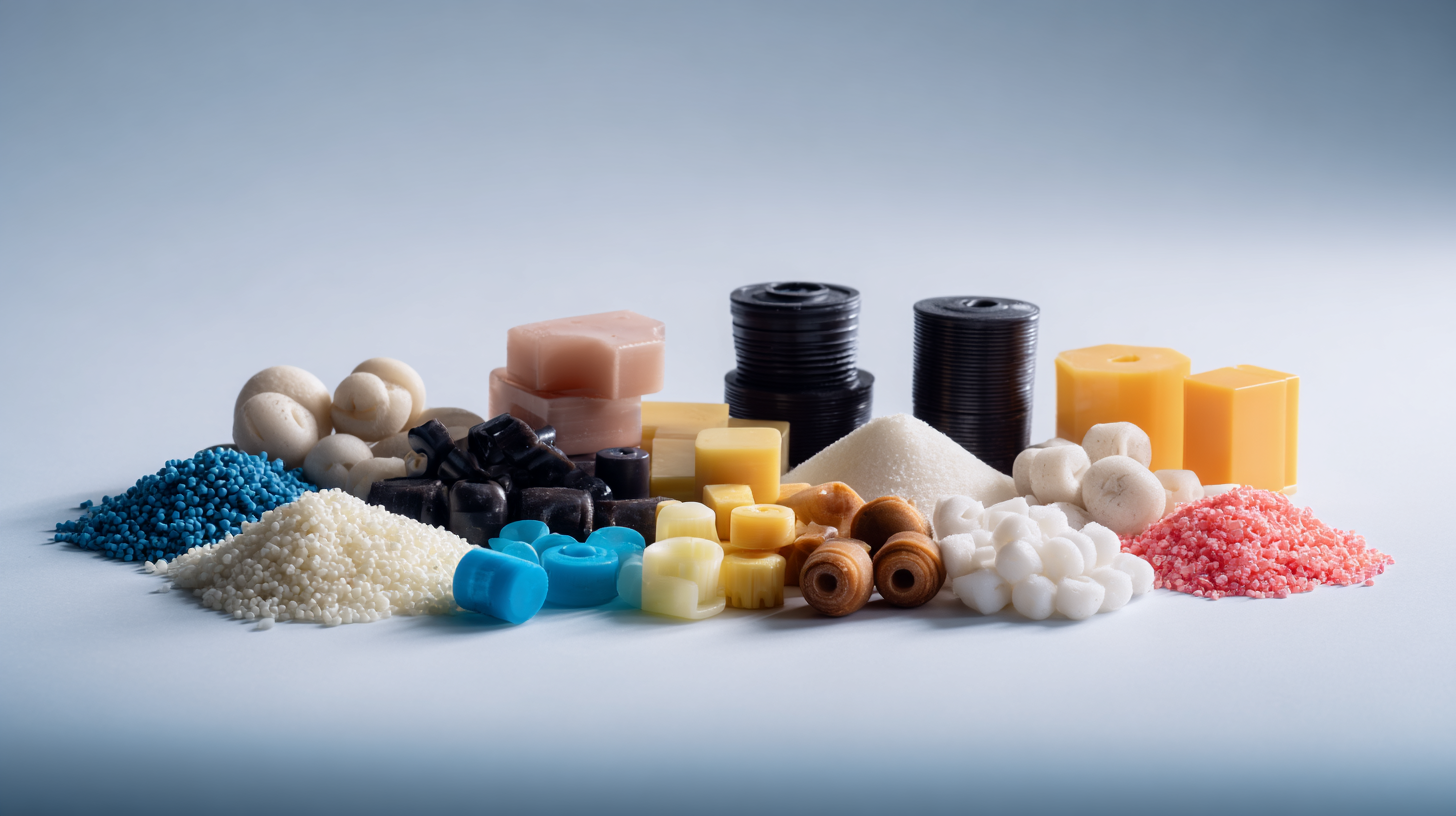 When selecting injection moldable plastics for a project, sustainability should be a key consideration. The environmental impact of plastic materials, including their production, usage, and end-of-life management, plays a significant role in achieving overall sustainability goals. Opting for biodegradable or recyclable plastics can greatly reduce landfill contributions and resource depletion. As awareness of ecological issues grows, many companies now prioritize materials that align with sustainable practices, thereby appealing to environmentally conscious consumers.
When selecting injection moldable plastics for a project, sustainability should be a key consideration. The environmental impact of plastic materials, including their production, usage, and end-of-life management, plays a significant role in achieving overall sustainability goals. Opting for biodegradable or recyclable plastics can greatly reduce landfill contributions and resource depletion. As awareness of ecological issues grows, many companies now prioritize materials that align with sustainable practices, thereby appealing to environmentally conscious consumers.
Additionally, understanding the lifecycle of the material is crucial. For instance, choosing bioplastics derived from renewable resources can minimize carbon footprints compared to traditional petroleum-based plastics. Moreover, evaluating the energy required for production and the potential for circular economy practices, such as reusing and recycling, can greatly enhance a project's sustainability profile. By focusing on these aspects, project managers can make informed decisions that not only meet performance and cost standards but also contribute positively to environmental preservation.
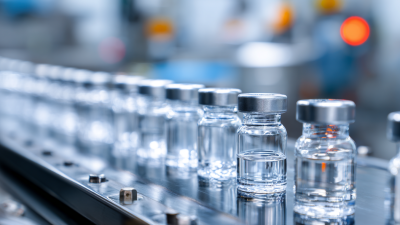
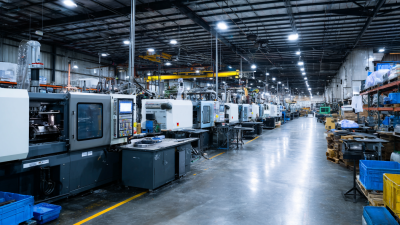

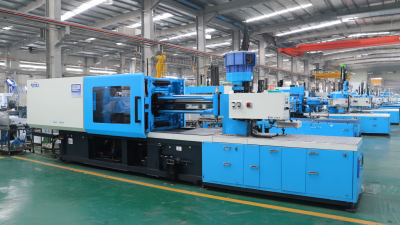
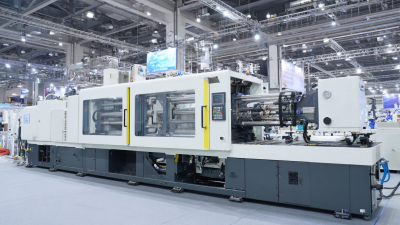
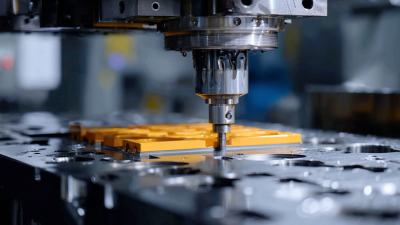
Copyright © 2025 The Toolroom Inc. All Rights Reserved.
Website Design St Louis by IQComputing